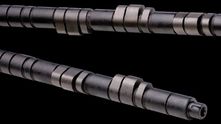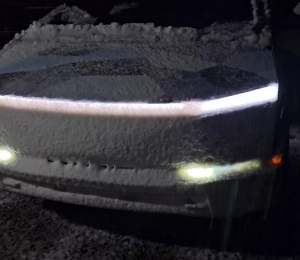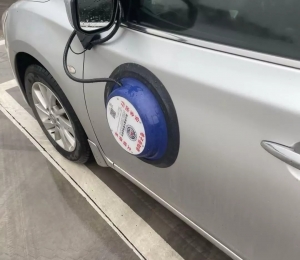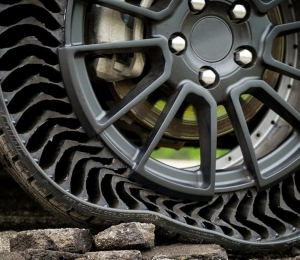By Jonathan Wong
People who own Hondas—especially Hondas powered with a twin-cam VTEC motor—are constantly seeking the best bang for the buck no matter what it takes. We often come across the topic concerning performance camshafts.
Who makes the best camshaft for my DOHC VTEC?
CTR

Is Brand X better than Brand Y?
Nah, man, my homie says that these cams are the bomb—adds X-amount of horsepower, dawg!
Skunk2 Stage 1 Cams
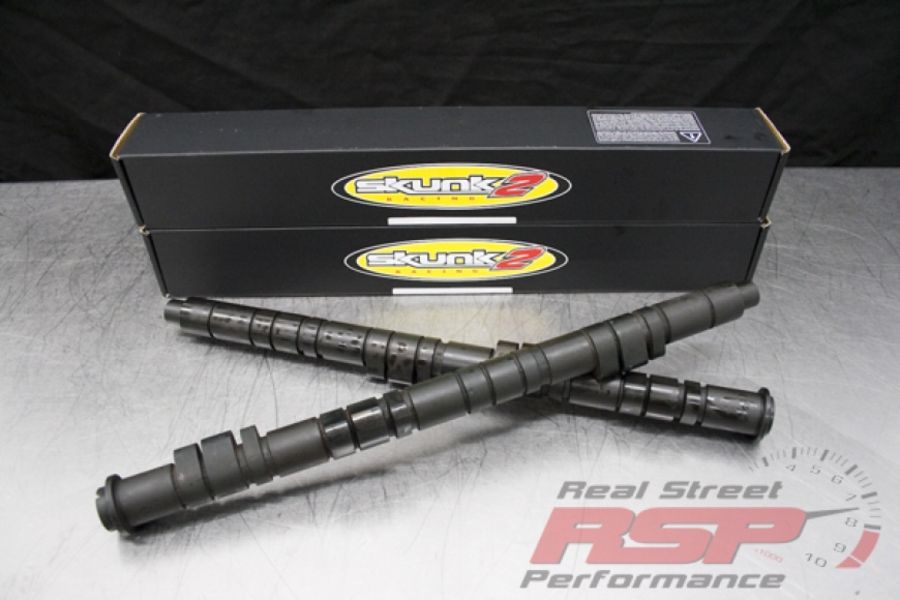
Honestly, it’s really hard to say. Each company R&Ds its product with the intention of giving you the best product on the market. Sometimes they work and sometimes they don’t work as well as we would like them to. You really have to research to find out what your wallet can afford as well as what kind of performance you’re hoping to achieve.
Basically, what we wanted to find out is if the high-dollar cams are worth the money. If you’re strapped for cash, maybe factory cams are a better bet for you. Your gains may be minimal, but then again, you haven’t spared all your paychecks that should have gone toward tuition. Money ain’t no thang for you? Go balls out and try a high-dollar, high-performance camshaft. Spending the extra dough will most likely propel you faster down the 1,320. We also gave our test companies the chance to come install and tune their own cams. You won’t see any biased results because they tuned their own product! If you have a question or problem that was overlooked in our test, the companies are the ones to contact.
In the first installment of our camshaft comparison, we were able to get our hands on a set of factory Integra Type R and the newly released Skunk2 cams. Both are great starting blocks and require either little or no modifications to the valvetrain for great performance. Stay tuned for more cam comparos in future issues.
Remember that every car is different so your results will differ. It does not mean that the product is faulty.
Factory Integra Type R
Everyone we know has either tried or wants to try out a set of Integra Type R cams. And why shouldn’t they? It’s a great beginner cam, and you really don’t need to strengthen the valvetrain. It is by far the biggest out of the B series family (U.S. market, of course) and can be identified on the intake cam by the engraved rings on the outer edge of the distributor key.
Since our test vehicle will be testing out other camshafts, we felt it would be wise to also install stiffer valvesprings and lost motion assemblies from a Type R. All of the Type R parts can be ordered through your local dealer.
Parts Needed:
Intake camshaft 14111-P73-J00
Exhaust camshaft 14121-P730J00
Intake valve spring (inner) 14751-P73-J01
Intake valve spring (outer) 14761-P73-J01 (both require eight pieces)
Lost motion assemblies 14820-P73-J00
(requires eight pieces)
In addition to testing out these cams, we thought it would be a good idea to show you how to install a set of camshafts and cam gears. The entire process is the same for removal and installation, but the valve lash will differ from company to company. Cam gear settings will also differ. Since the Type R cams are OEM, it would be the easiest to follow this example. Of course, we always recommend that you have a certified Honda technician perform the work if you cannot do so. If you’re more of a do-it-yourselfer, make sure that you have a Helms manual handy.
Our baseline run was conducted at AEBS in San Diego, California. The B18C1 put out 153.4 hp with 117.7 lb-ft, with the only modifications being an AEM cold-air intake system and a Trust after-cat exhaust. The car maintained stock timing, and the IAB solenoid was disconnected during this run (renders secondary butterflies in the intake manifold useless, causing bottom-end power to suffer). Once the Type R cams were installed, we were shocked to see that there was a drop in power to 152.1 hp with 116.9 lb-ft. Even with a set of HKS cam gears, we were unable to extract any further power from the cams while playing with the cam timing. Usually, adding the ITR cams will give you roughly 6 to 7 hp, like the test we performed in the Oct. ’98 article, “See the Cam, Speak the Cam.” So don’t let these graphs steer you in the wrong direction because it has been typically known that Type R cams will give most users at least some power. Honda is also quick to add that these are still factory replacement parts and were not made with the intention of producing X-amount of horsepower. It may have been that our test car is exceptionally strong, and we wondered along with AEBS if the original cams were already ITR cams. But they were not, and the thought that the IAB solenoid being disconnected came into play. It was determined after testing that our testing that our test car’s piston rings were bad, resulting in low compression. The ITR cams increase duration, and you need more compression to pull any real power. Obviously, since the compression is low, our full power outcome was not realized. An increase in duration also requires more exhaust flow, and our stock header was very restrictive. The performance gains would have been better if the engine was in better shape and if it had an aftermarket header. This is a good example of why you should regularly maintain your car.
Skunk2
On our second day at the dyno, we connected the IAB solenoid and added a GS-R fuel pump into the mix. This time, with the dyno strapped on at Harv’s Performance Center in Whittier, California, our second baseline with the ITR cams showed basically the same power figures as the previous day with a 152.7 hp at 117.2 lb-ft, a slight increase. It was then time to step up to the next level.
Skunk2 made the overnight journey to help participate in our cam comparison and master technician Steve Rothenbuehler was put to work right away. Known for being the mastermind of building Skunk2’s famous 10-second Integra, the task of switching the ITRs for the Skunk-deuces was no problem. The only thing added was its company cam gears with the additional torque bolts, an added insurance to prevent gear slippage. Skunk2 also adds that these cams can be installed without having to add any valvetrain components, and that’s good news for you because you can save your money for additional performance parts. Back on the dyno and without any tuning, the Skunk2 cams made 157.0 hp at 112.9 lb-ft, an easy 5 hp over the Type R cams. Dave Hsu, managing director of Skunk2, was pleased with the results, but both Steve and Dave agreed that more power could be realized with a little bit of tuning. So right now, you know that for a small increase in price over the Type R cams, the Skunk2s will make more power.
After tuning the cam gears and adding both a Field’s SFC VTEC controller and an adjustable fuel-pressure regulator, Skunk2 was able to extract 1 more horsepower, bringing the total output to 158.7 hp with 117.5 lb-ft. Because of the way that the GS-R intake manifold is designed, Skunk2 says that these cams and others out in the market will realize more power through a B16A or B18C5 (Integra Type R) motor. The manifolds found on those two motors are designed to flow much better than the GS-R.









